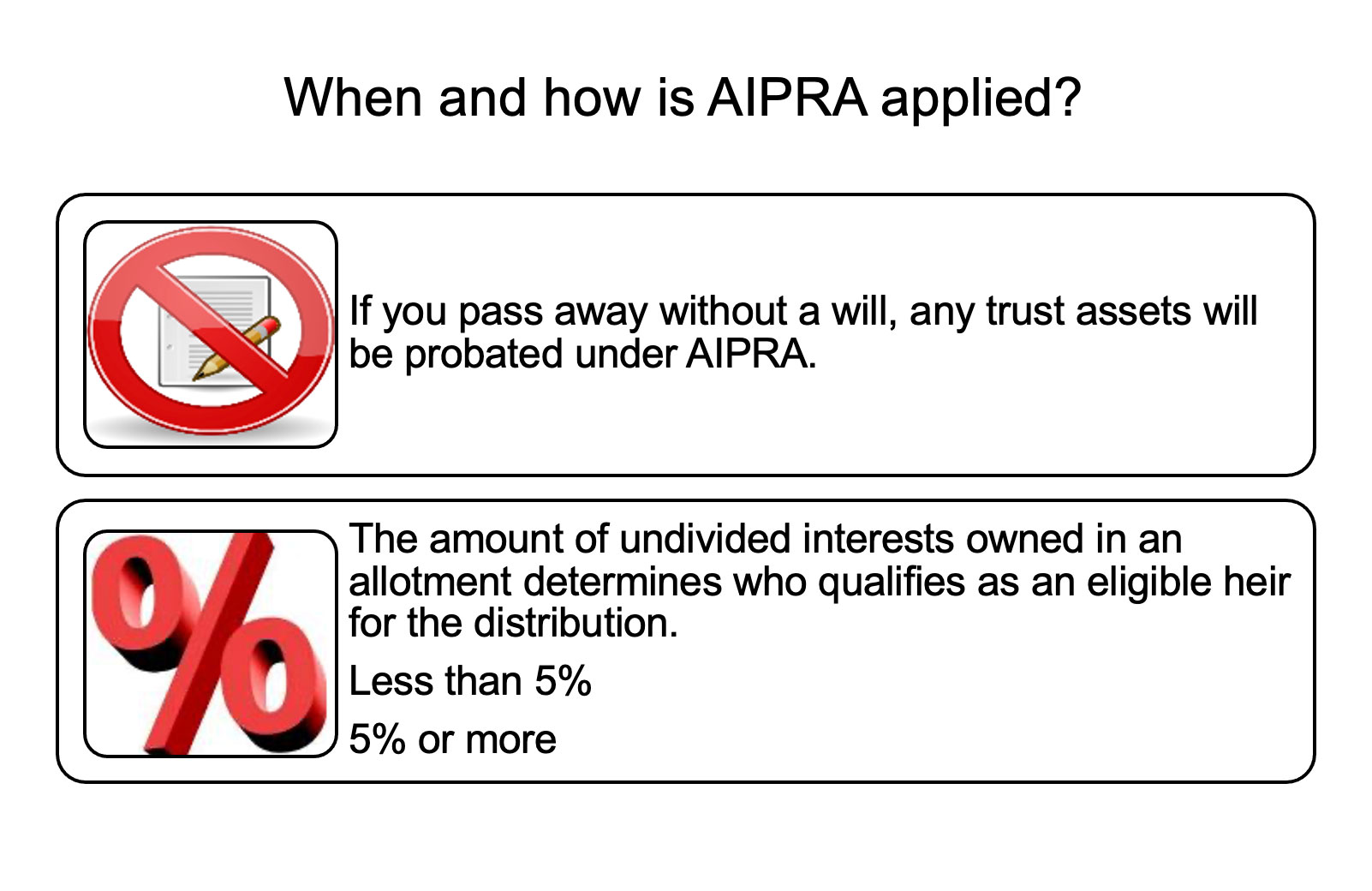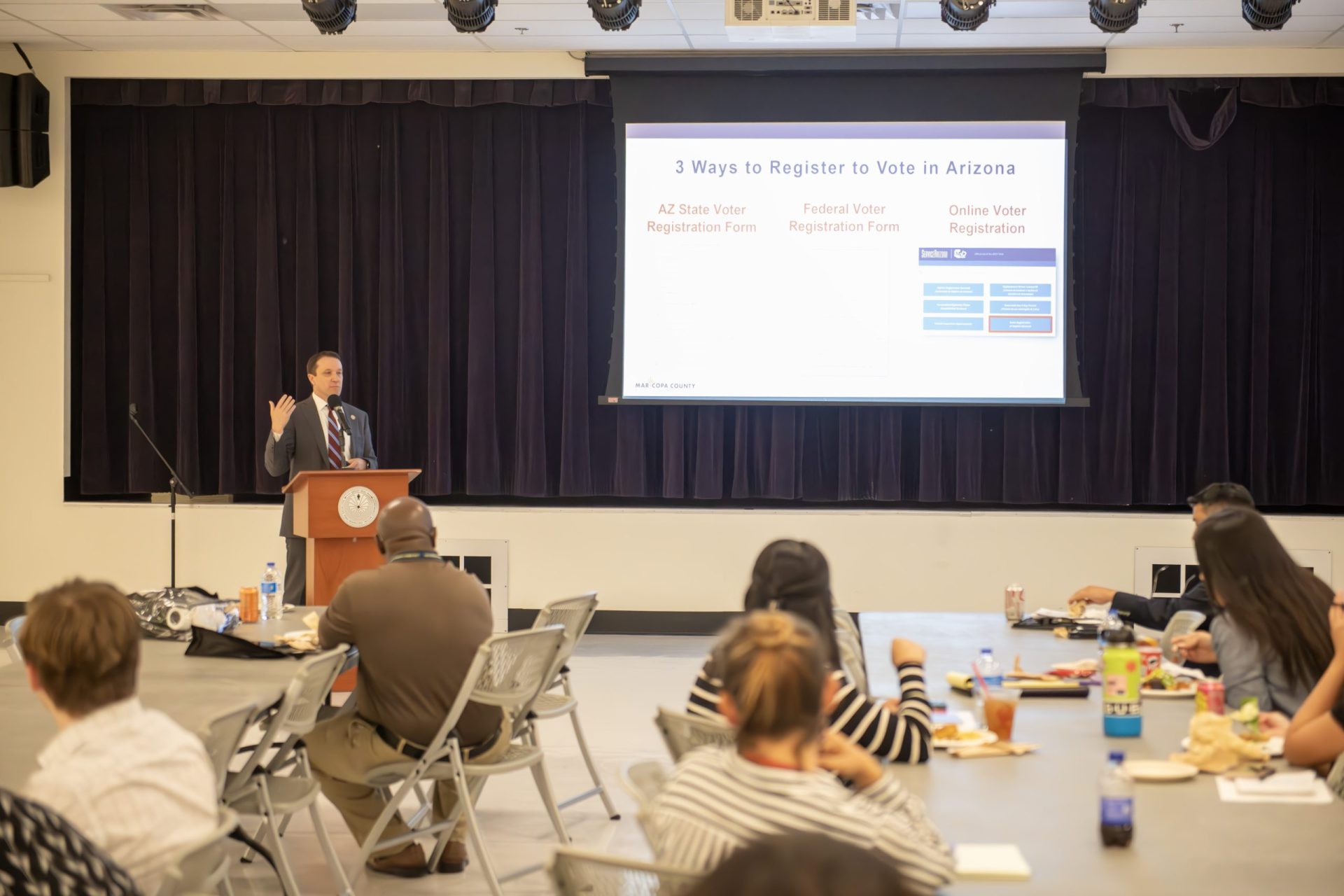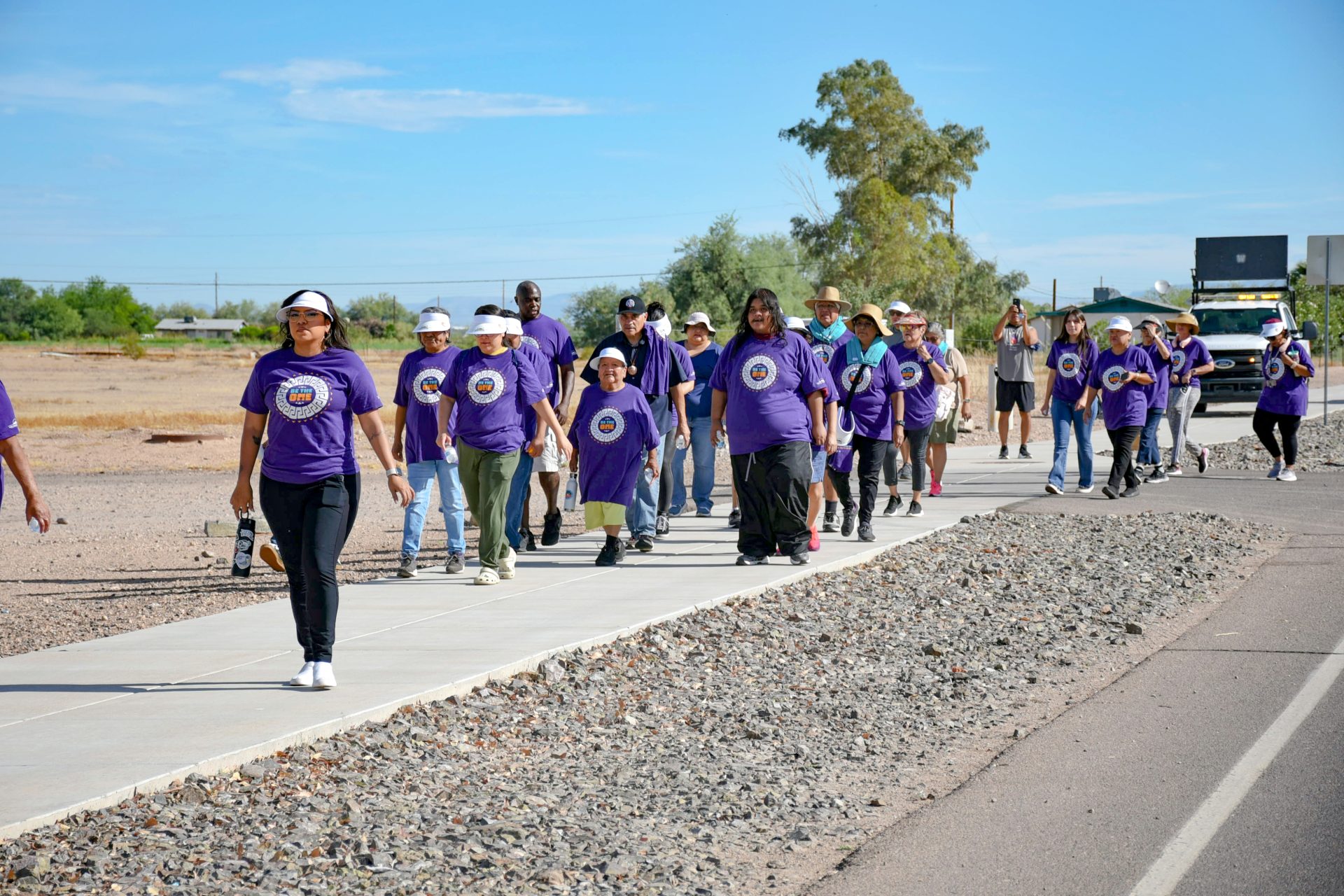VIEWS: 3303
February 18, 2022Understanding the American Indian Probate Reform Act
In the February 3 issue of O’odham Action News, we broke down the probate process for Salt River Pima-Maricopa Indian Community members who are either dealing with the loss of a loved one or planning ahead to determine the validity of or process of heirs, wills, beneficiaries and more.
In this issue, we provide an in-depth look at the American Indian Probate Reform Act (AIPRA).
What Is AIPRA?
According to California Indian Legal Services, “AIPRA is a federal law that sets forth the rules for probating (distributing) Native Americans who have a trust asset such as an allotment (or allotment interest) and/or Individual Indian Money (IIM) accounts.”
On June 20, 2006, AIPRA went into effect because of the unique circumstances surrounding land ownership for Native Americans. AIPRA only applies to estates of persons who passed away after June 20, 2006.
If you pass away without a will, any trust assets will be probated under AIPRA.
AIPRA is an attempt to overhaul the probate process for Indian trust property, with a goal of reversing the consequences of a process called “fractionation.”
What Is Fractionation?
Fractionation occurs when individual trust allotments have so many small-interest owners that no single owner can effectively use the land. Simply put, it is the dilution of land ownership over time.
The number of undivided interests owned in an allotment determines who qualifies as an eligible heir for the distribution. The undivided interests that AIPRA specifically deals with are less than 5% or 5% or more, which is known as the “5 percent rule” or “single heir rule.”
“The single heir rule-order of descent is the oldest living child, and if there is no child, then the oldest living grandchild,” said Rachel Mendoza, Membership and Real Estate Property Management Project Manager in the SRPMIC Community Development Department.
“If there is no grandchild, then it goes to the oldest living. If there are no heirs, it will go to the Indian tribe with jurisdiction over the interest, meaning the SRPMIC. It will only go to one person, so there is no splitting of equal shares.”
According to the Indian Land Tenure Foundation, there are two separate agencies at the Department of the Interior involved in the probate of Indian land: the Bureau of Indian Affairs (BIA) and the Office of Hearings and Appeals (OHA). The BIA’s Division of Probate gathers information about the decedent (the person who died) and his or her family and property and prepares it for adjudication.
After OHA issues a probate order, the Division of Probate works with other trust offices, such as the Bureau of Trust Funds Administration and the Land Titles and Records Office, to distribute the assets.
“SRPMIC is a compacted, or a self-governed, tribe, meaning we (Probate Services) are wearing the BIA hat and carrying out those BIA duties of gathering the information and preparing the case,” said Mendoza.
Stay tuned for the next issue of O’odham Action News as we cover the most important aspects of the personal property probate process and the trust asset probate process that the Community needs to know about.







